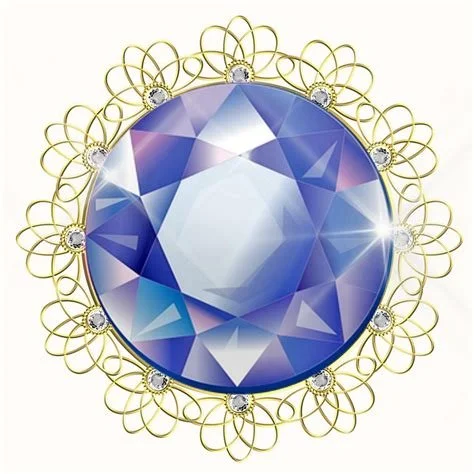Welcome to the main page for the
Royal Pains in the Neck (RPITN)
UPCOMING CLASSES
Tuesdays at 1:00 p.m. Eastern Time
until mid-August
This is our zoom forevermore.
Audio Tapes
Above, find the full preamble to the series. To the left is the hand position for ‘hands in a bridge’ (and a bit of a hint about the next class) and below, just the head roll part of the lesson as a stand-alone. And below that, a suggestion for how to use the head roll forever while keeping it fresh and interesting
Since these lessons are mostly about waking up the brain, novelty is a really important part. As soon as a move from the lesson becomes something you can do by rote, it has become an exercise for your muscles rather than for your mind. Luckily, the head roll is infinitely improvisable! Use a different hand. Include your eyes as one of the moving parts. Change where you lay your hand—down the nose, on the cheek, along the jaw—and observe how this changes your organization (in your armpit, the trajectory of your elbow, the use of your ribs). Change the idea of where the movement comes from—have the star of the show be your L shoulder blade, or your right, or one or the other clavicle or your sternum or your L foot (seriously). Your lower ribs! Make ‘the same move’ but see how your organization changes. You can do this on the floor or in bed. And the tape is two minutes long….
1st Class Head Under the Bridge
Hello, dear Royal Ones— In the next class, we’ll be doing more with the hands-in-a-bridge so please experiment with books and towels. You can also put your hands on the wall. (Or a strong glass door to your balcony if you live in Victoria!)
Feedback about pictures: I have found that Elsevier has a subscription anatomy service that allows posting of pictures for educational purposes—in fact they encourage it for client compliance. (Now if only I wanted ‘compliant’ clients!) But it is a complicated system to learn and I’d rather not subscribe until I have the time to really dive in. Which means that for the duration of this class, the best I will do is link you to images. I encourage you to search on your own, too. And as a mitigation, check this amazing video.
Meanwhile, I chose the issue of letting go of the scalenes for the ‘gem’ from last week. I had babbled to Mina that if you want to know how to let go, first notice how and when you grip, and how to get ahead so you don’t grip. If you go to the resources page, you will see a whole series of entries about how to notice before the grip happens. I starred the two that are more like a movement lesson. But, be sure, as always, this isn’t homework, not even the starred part. Just go there if curious.
Third Class
Since water movement was a topic after the last class, I had Clue, ‘my’ ai, make a table comparing the the cardiovascular system with fascia/lymphatic system. Another resource I would recommend is the one on flexibility in the ribs.
Young Moshé Feldenkrais doing his yoga
Fourth and Fifth Class
Annealing the Breath Parts I & II
You could do these two lessons as one long one. IF you do, you could lop off the first part of the second tape, the ‘clock'‘—that’s there as a warm-up and if you do it all at once, you won’t need it. But you will need to know that the 12, the top of the clock, is at the base of your throat.
As you redo this lesson, one way to make it a totally new lesson is to focus emphatically on the pelvic diaphragm, the breathing diaphragm and the top o’ the lungs diaphragm at the base of your throat and the different pressure gradients they create. Wow! Notice how they co-ordinate wih one another. Do they sequence? Can you flip the sequence?
This time I posted the table that compares cardiovascular, lymphatic and cerebrospinal circulation. This issue about how slow breaths circulate csf is fascinating. More to come! Another resource you may like is the one on the 7 Diaphragms.
Young Moshé Feldenkrais doing his yoga
6th Class
The skin-fascia rolling, pinching, smooshing—and in this case, moving the scalp in relation to the skull—is something you could do all over your body.
(7th &) 8th Class
This is where information about the method, anatomical parts, learning philosophies, context… and other workshop gems will be captured.







